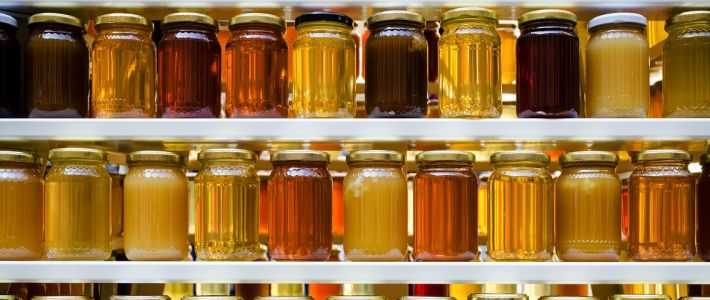
Visit our other sites
-
Fapas - Proficiency Testing
Globally recognised provider of proficiency tests, running over 400 tests annually across an extensive range of matrices and analytes
-
Great Crested Newts Testing
A single sample taken by an ecologist at any time during the newt breeding season can determine their presence or absence, saving you time and money
Additional charge of £192 will be added per analyte after initial 1 selection.

Method Used
Microbiological Assay
Standard Turnaround Time
15 working days
Total Activity (TA) and Non-Peroxide Activity (NPA) are measures of the ability of a honey to inhibit microbial growth. Phenol equivalence testing through traditional plate bioassay methods is used to accurately assess these levels and allow producers to ensure labelling requirements are met.
The methodology measures the activity of your honey sample as a true to label test. Honey naturally possesses anti-microbial properties, but Manuka honey uniquely displays additional non-peroxide antimicrobial activity due to the presence of Methylglyoxal (MGO). If requested, we can use a conversion equation to report the NPA level of your sample alongside the measured MGO concentration. The TA activity value on a label next to the word Manuka can be misleading as TA alone is not an indication of Manuka’s unique anti-microbial properties. With the level of anti-microbial activity varying between products, it is vital that producers and retailers can provide robust evidence such as both TA and NPA results to support the labelling claims on the packaging of their products.
Fera offers testing services to confirm antimicrobial activity in a range of honey types and is specifically relevant to Manuka honey. Analyses are validated for performance to current industry standards.
Please note – this analysis is performed at a subcontracted laboratory
Please contact us to discuss volume discounts.
Analytes
Search for Specific Analytes
| Detail | Specification |
|---|---|
Test Code | AP00012 |
Standard Turnaround Time | 15 working days |
Method Used | Microbiological Assay |
Manuka Honey: Microbiological Testing (TA and/or NPA)
Add Samples
Your Current Samples
Please review your sample(s). Additional sample charges may apply where applicable.
There are no samples associated with this product at this time
Choose Your Analytes
Please select at least one analyte.

Copyright © 2025 Fera Science Limited (“Fera”). All rights reserved.
For further information about how Fera uses any personal data collected from you, please see our Privacy Notice at www.fera.co.uk/privacy-policy.




